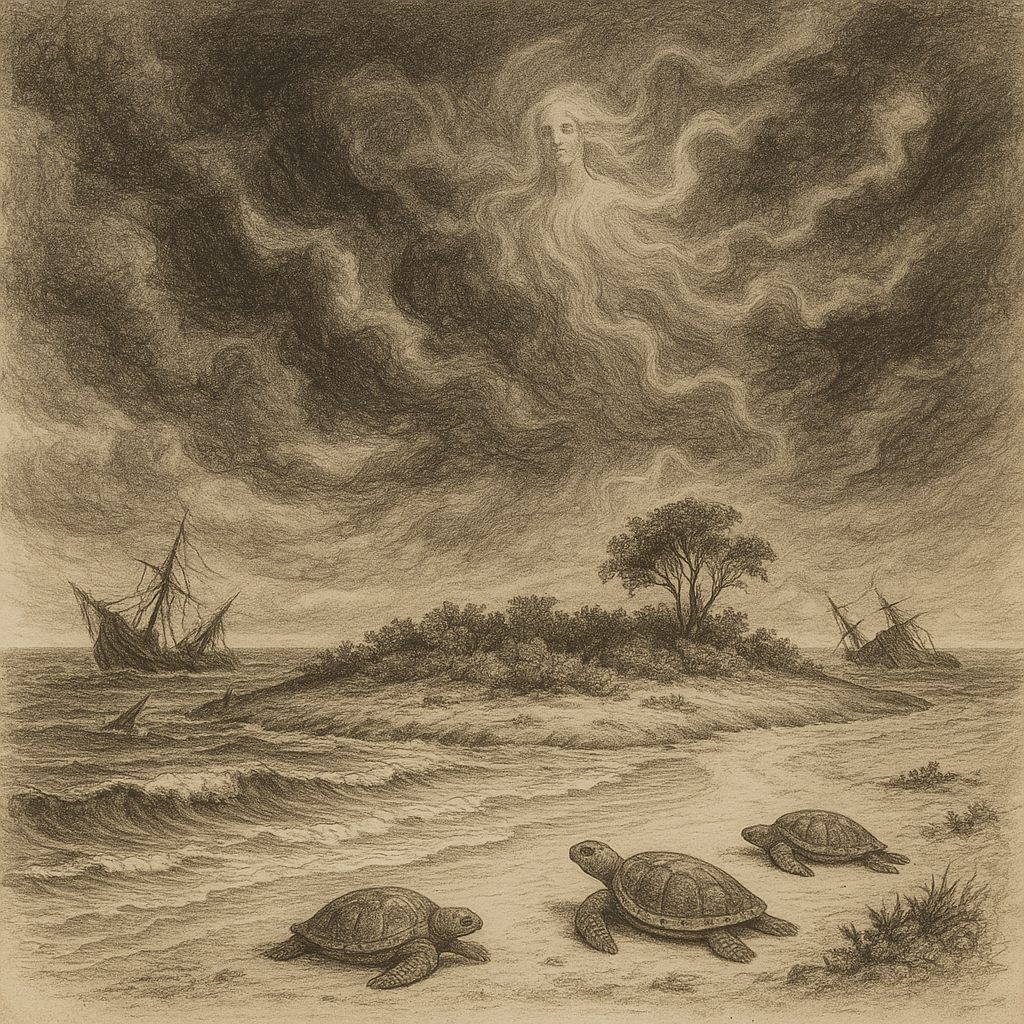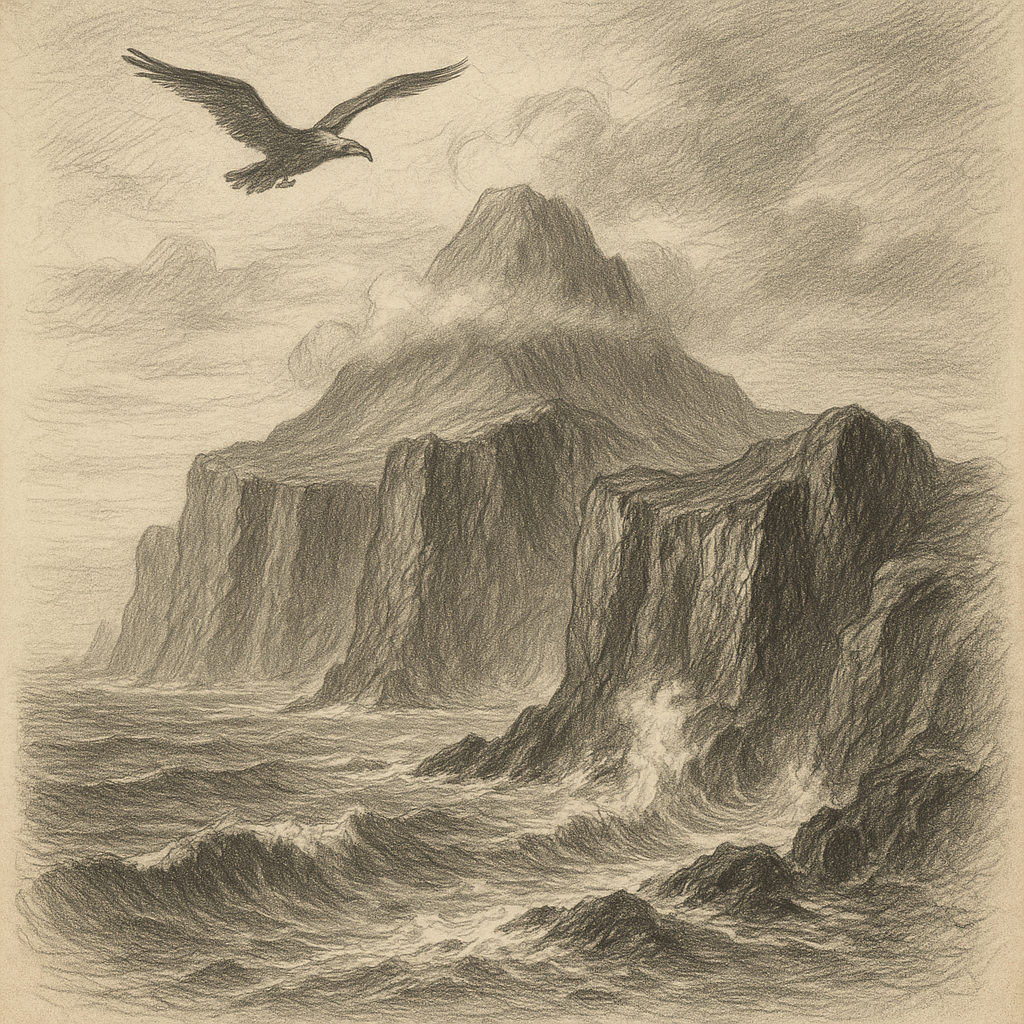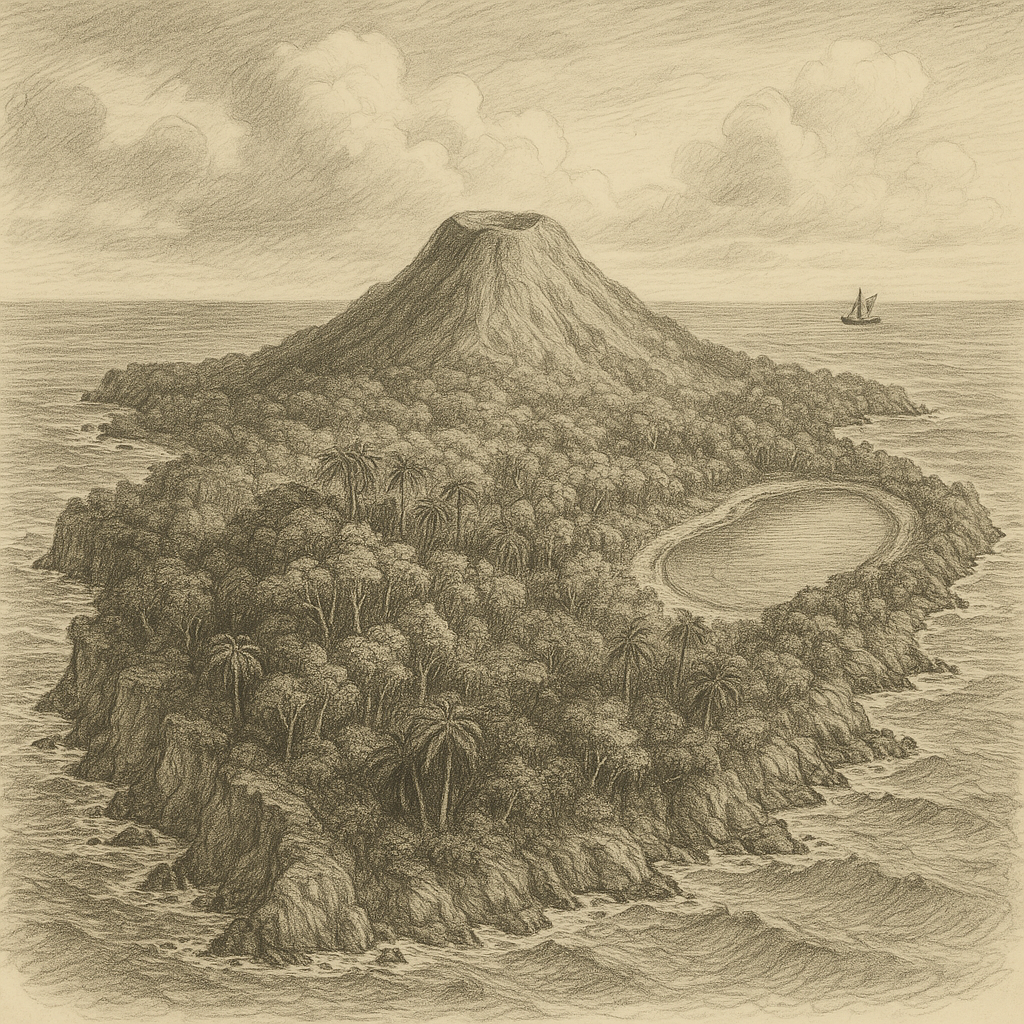Introduction to Tromelin Minor Island Tromelin Minor Island is a tiny, remote atoll located in the Indian Ocean, approximately 450 kilometers (280 miles) east of Madagascar and 535 kilometers (332 miles) north of Réunion Island. Despite its minuscule size—barely 1 square kilometer in area—Tromelin has garnered attention for its historical significance, ecological importance, and the mysterious aura that surrounds it. The island is an overseas territory of France and forms part of the French Southern and Antarctic Lands (TAAF). Its isolation, uninhabited status, and restricted access make it one of the least-visited pieces of land on Earth. Geography and Geology Tromelin Minor Island is a low-lying, flat coral atoll that barely rises above sea level, with the highest elevation scarcely reaching 7 meters. It is entirely surrounded by coral reefs, which pose significant navigational hazards for ships. The island measures roughly 1,700 meters in length and 700 meters in width and has an oval shape. Unlike many volcanic islands in the Indian Ocean, Tromelin was not formed by volcanic activity; rather, it is the remnant of an eroded atoll that has stabilized through coral regrowth over thousands of years. The shallow lagoon that typically characterizes atolls is not present here, making Tromelin a geological anomaly in its region. Climate and Environment Tromelin experiences a tropical climate marked by high humidity and moderate rainfall, influenced heavily by trade winds and seasonal cyclones. The lack of topographical features means there is little variation in weather conditions across the island. Vegetation is sparse, consisting mainly of grasses, shrubs, and some coconut palms planted during brief human occupations. Despite its barren appearance, the island serves as a vital nesting ground for sea turtles, particularly the green turtle (Chelonia mydas), and a variety of seabird species, including boobies and terns. The surrounding waters are part of a marine protected area due to their ecological richness and relative lack of human interference. Historical Significance Tromelin’s most famous chapter in history began in 1761 when the French slave ship Utile ran aground on the island while en route from Madagascar to Mauritius, carrying a cargo of slaves. The French crew managed to construct a makeshift vessel and escape, leaving behind around 60 Malagasy slaves. Promising to return for them, the French did not come back until 1776—15 years later—by which time only seven women and an eight-month-old child had survived. Their harrowing ordeal has become a symbol of endurance and the brutal realities of the transoceanic slave trade. Today, Tromelin stands as a silent monument to this tragic episode in maritime history. Modern Status and Accessibility Today, Tromelin Island is administered by France and operated primarily for scientific and meteorological purposes. The island hosts an automated weather station run by Météo-France and occasionally accommodates limited scientific missions focusing on its unique environment and the historical archaeology of the shipwreck. No permanent human settlement exists, and the island is closed to general tourism and visitation. Access is strictly regulated by the French authorities, with landings generally performed by helicopter or small boats from naval or research vessels. Interesting Facts About Tromelin – The island’s airport consists of a simple airstrip made of compacted sand, used solely for emergency evacuations and special missions. – Although French, Tromelin is located closer to Madagascar and has been the subject of a longstanding territorial dispute between France and Mauritius, which claims sovereignty over the island. – Tromelin lacks any freshwater sources; all water used by temporary occupants must be brought in from outside or collected from rain. – The story of the abandoned Malagasy slaves inspired documentaries, theatrical plays, and even educational programs addressing human rights and colonial history. – Tromelin was one of the first islands in the Indian Ocean to receive full habitat protection in a bid to preserve its nesting turtle population and reef ecosystems. Legends and Myths Surrounding the Island Given its remote location and tragic past, Tromelin Island has given rise to various legends and folklore. One of the most pervasive legends among seafarers in the Indian Ocean is that Tromelin is cursed—an accursed place where spirits of the abandoned slaves linger eternally. Tales have been told of ghostly figures appearing during full moons and disembodied voices carried on the wind. Some believe the island is eternally watched by ancestral spirits seeking justice or remembrance. More romanticized stories tell of hidden treasures buried by pirates who once used Tromelin as a hideout, though no such treasures have ever been found. While none of these tales are verified by historical or scientific evidence, they add to Tromelin’s mystique and ensure its place in the oral tradition of Indian Ocean lore. Conclusion Tromelin Minor Island is a place where history, ecology, and mystery intersect. It is a speck in the vast Indian Ocean that holds invaluable lessons about human endurance, environmental conservation, and the importance of preserving forgotten narratives. Its restricted accessibility and protected status help safeguard its fragile ecosystem and preserve its haunting legacy. Whether viewed through the lens of science, history, or folklore, Tromelin continues to captivate all who hear its story—a silent sentinel of the sea, bearing witness to both the brutality and the resilience of the human spirit.

Tromelin Minor Island
Do you like my work? Buy Me A Coffee
Do you like my work? Buy Me A Coffee
-

Tromelin Minor Island
Introduction to Tromelin Minor Island Tromelin Minor Island is a tiny, remote atoll located in the Indian Ocean, approximately 450 kilometers (280 miles) east of Madagascar and 535 kilometers (332 miles) north of Réunion Island. Despite its minuscule size—barely 1 square kilometer in area—Tromelin has garnered attention for its historical significance, ecological importance, and the…
-

Tristanite Western Island
Introduction to Tristanite Western Island Tristanite Western Island is one of the most remote and mysterious landmasses on Earth, lying deep in the South Atlantic Ocean. It forms part of the Tristan da Cunha archipelago, the most isolated inhabited group of islands in the world. Its distance from the nearest continents and its rugged volcanic…
-

Tikopiaa North Island
Introduction to Tikopiaa North Island Tikopiaa North Island is a little-known, remote island nestled deep within the South Pacific Ocean. Situated far away from common maritime routes, Tikopiaa North Island is part of the southeastern Solomon Islands region, yet remains largely untouched by mass tourism and modern development. The island’s remoteness, combined with its rich…
by
Tags: